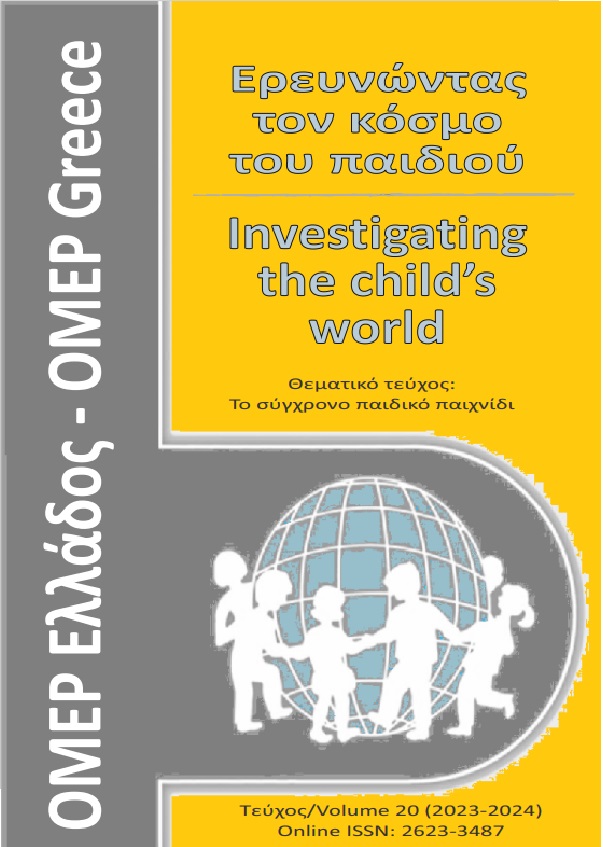Risk and outdoor play: possibilities and opportunities
Abstract
The last years and especially after the pandemic, many researchers and professionals have been underlying the importance of outdoor play for children’s holistic development and wellbeing. The rich multisensory character of experiential learning in outdoor environments provides invaluable possibilities through which young children can explore themselves, the others, and the world around them. The current presentation will refer to the benefits of outdoor play, its pedagogical value, the role of the agents and the characteristics of the outdoor space. Specific reference will be made on risk as a necessary element of ‘being and becoming’ and how outdoor play, and not only, can provide a safe place where children can try their abilities, dare, and overcome their limits. These are experiences that lead to the development of personalities with responsibility, autonomy, self-esteem, and awareness.
Article Details
- How to Cite
-
Nikiforidou, Z. (2024). Risk and outdoor play: possibilities and opportunities. Investigating the child’s World, 20, 101–104. https://doi.org/10.12681/icw.35486
- Section
- Scientific articles & educational projects

This work is licensed under a Creative Commons Attribution-NonCommercial 4.0 International License.
Authors who publish with this journal agree to the following terms:
· Authors retain copyright and grant the journal right of first publication with the work simultaneously licensed under a Creative Commons Attribution Non-Commercial License that allows others to share the work with an acknowledgement of the work's authorship and initial publication in this journal.
· Authors are able to enter into separate, additional contractual arrangements for the non-exclusive distribution of the journal's published version of the work (e.g. post it to an institutional repository or publish it in a book), with an acknowledgement of its initial publication in this journal.
· Authors are permitted and encouraged to post their work online (preferably in institutional repositories or on their website) prior to and during the submission process, as it can lead to productive exchanges, as well as earlier and greater citation of published work.



